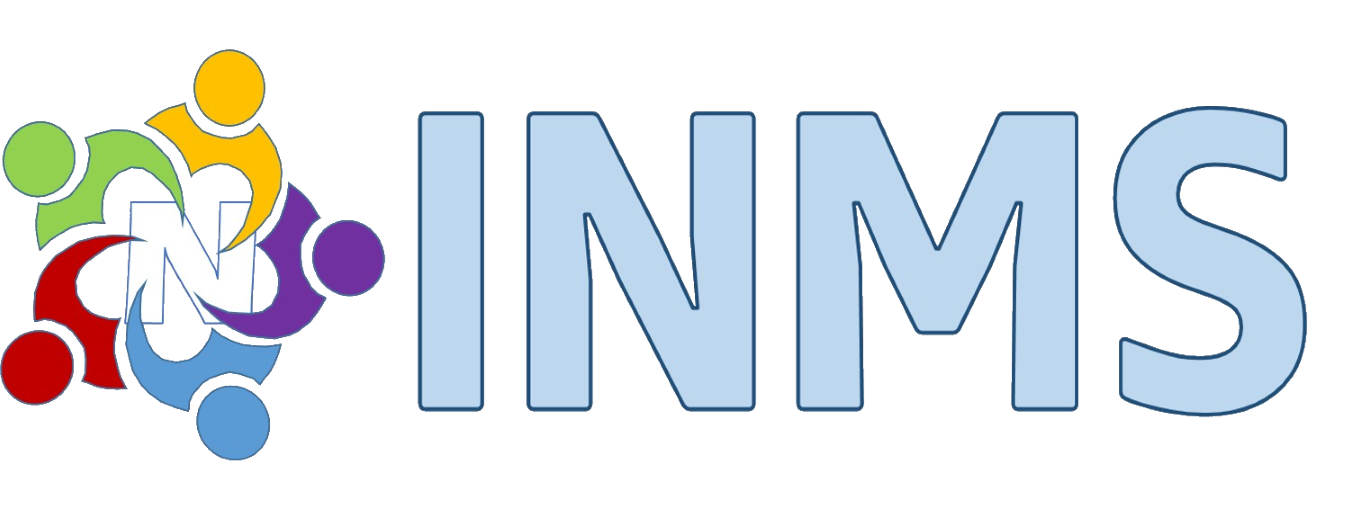These Provisions consist of 10 Chapters divided into 60 articles: General principles (I); General provisions (II); The carriage of harmful polluting goods by vessels and the relevant operations (III); Garbage from vessels and domestic sewage (IV); Discharging and receiving of vessel pollutants (V); Vessel dismantling, salvaging, building and repair and other construction operation on and under water (VI); Emergency response on vessel pollution accidents (VII); Investigation and handling of pollution accidents (VIII); Legal liabilities (IX); Supplementary provisions (X). Any vessel entering or exiting any port shall obtain the approval of the maritime administrative institution when carrying harmful polluting goods. Any vessel shall, when undertaking the operation of loading and unloading of harmful polluting goods, abide by the relevant operating rules and implement pollution prevention measures (arts. 16 to 20). Vessel garbage shall not be discharged into any inland water area but it shall be received and disposed of by an entity that has the qualification. Any entity that undertakes the activities of receiving vessel pollutants or cleaning vessel cabins and other operations shall have corresponding receiving and handling capacity, be equipped with enough pollution prevention equipment, and establish a safety and pollution prevention system. Any vessel pollutant coming from a vessel of an epidemic region may not be disposed of until after it has been inspected by the quarantine departments. The maritime administrative institutions shall formulate emergency plans for accidents of vessel pollution and shall approve Emergency Plans for Vessel Oil Pollution and Emergency Plans for Pollution by Poisonous Liquid Substances on Vessels.
Provisions of the People’s Republic of China on the prevention and control of vessel pollution of the inland water environment.
